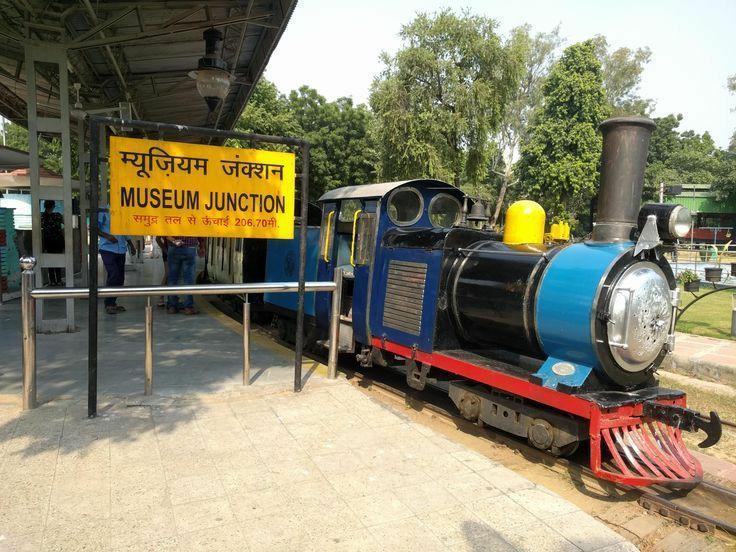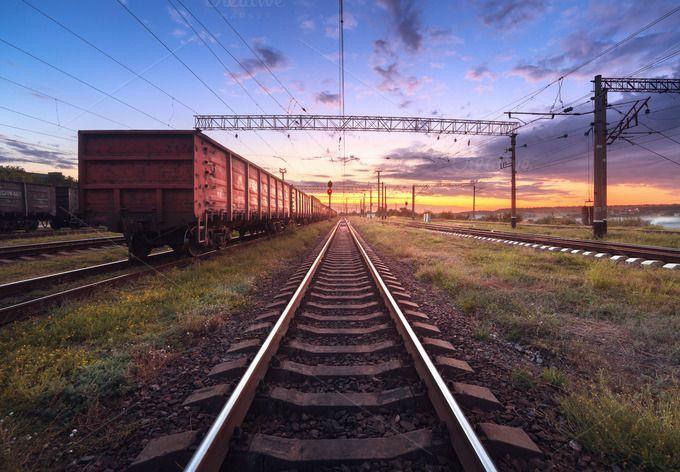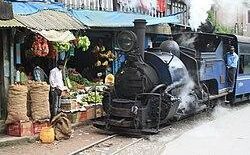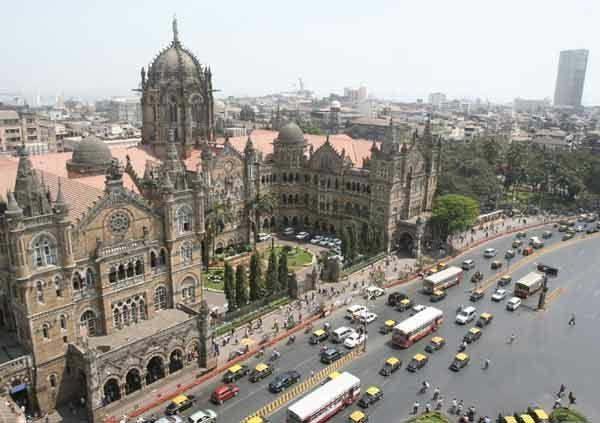#10 Railway Museum, Delhi: Exploring India’s Railway Heritage (Indian Railways Series)
Featured Image Source: Notednames A Window to Our Rail History Based in Delhi, the National Rail Museum offers a fascinating glimpse into the railways’ evolution in India. Opened in 1977, it documents India’s railway heritage through exhibits, artifacts, and historical trains. A visit here is a journey through the story of trains in India. Genesis Did you know the museum was conceptualized on Railway Day in 1959 to preserve railway heritage? For years, vintage locomotives and coaches were decaying as relics across the country. Shockingly, irreplaceable locomotives like the 1853 Fairy Queen were abandoned in sheds before the museum intervened to restore them. Finally, in 1977, the Indo-Swiss collaboration Indian Railway Museum opened in Chanakyapuri, Delhi on over 11 acres. The first exhibits were royal salons, locomotives, signaling equipment, and models. Expanding Exhibits Today, the museum has evolved into a repository of India’s railway history with diverse galleries and exhibits. The Heritage Gallery features original train models, signaling equipment, cutaway coach models, and more. There’s also vintage furniture, photos, and literature chronicling railway developments. Don’t miss the fascinating royal carriages saloon exhibit depicting the opulence of bygone eras. The modern gallery shows the evolution of track, locomotives, and technology over the decades. Restored Historic Locomotives One of the biggest highlights is the outdoor gallery with majestic steam locos and engines that once powered the railways. Climb aboard the massive steam locomotives to imagine traveling in the past. The historic Fairy Queen locomotive is the oldest working engine in the world. There are also luxury carriages used by princely states and the Viceroys. Bringing History Alive With its vast memorabilia, the National Rail Museum offers an unforgettable journey into the railways’ history. Seeing the trains, artifacts, and exhibits transports you back in time. It highlights how integral trains have been to India’s progress. Truly, it is an interactive window into the powerful legacy of an engineering feat that united India. No train enthusiast visiting Delhi should miss this treasure trove of rail heritage. Source:









